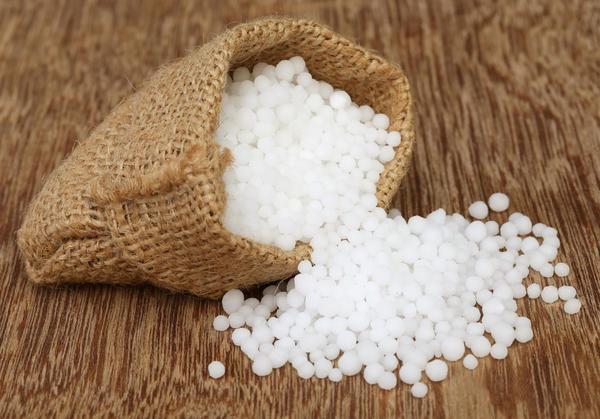Europe’s Widening Fertilizer Crisis Threatens Food Supplies

Europe’s fertilizer crunch tightened after Yara International ASA cut output in the face of soaring gas prices, putting more pressure on food supplies as a cost-of-living crisis intensifies.
The Norwegian producer said it’s further cutting its ammonia capacity to about a third, adding to a flurry of European fertilizer curbs and shutdowns announced this week. Industry researcher CRU Group estimates that Europe has now lost about half its ammonia capacity and 33% of its nitrogen fertilizer operations.
Russia’s squeeze on flows of gas — a key feedstock for fertilizers and source of power for heavy industries in Europe — is hitting everything from aluminum smelters to sugar refineries. Consumers, already feeling the pain in higher energy bills, are likely to be hit again as shrinking fertilizer supplies boost the cost of farm inputs and lower productivity by curbing the use of key crop nutrients. That could reignite food inflation.
“This unrelenting pressure on food prices is just not going to go away,” Chris Elliott, professor at Queen’s University Belfast and a food security expert, said by phone.
Fertilizer makers in Europe have been hit hardest because of the region’s reliance on Russian gas. The industry must also contend with US and European Union sanctions on potash sales from Belarus and China’s move to rein in shipments. Trade in Russian nutrients has suffered from many shippers, banks and insurers self-sanctioning and difficulties in servicing exports from Russia, a big supplier of every major type of crop nutrient.
If gas prices remain high and fertilizers costs increase into the new planting season, demand from farmers could fall, according to Michael Magdovitz, a crop analyst at Rabobank in London.
“The impact of a continued crunch will stress wheat and corn farmers and potentially constrain acreage and yield potential,” he said by email.
Yara said it’s cutting its ammonia utilization to about 35%, with the latest reductions bringing total curtailments to an equivalent of 3.1 million tons of ammonia and 4 million tons of finished products across its production system in Europe. Gas is the top input for most nitrogen fertilizer, including ammonia.
The cutbacks by Yara come a day after CF Industries announced it will stop ammonia production at its remaining UK plant. Achema AB, Lithuania’s top fertilizer company, will temporarily halt ammonia output in September, while Hungary’s sole producer, Nitrogenmuvek Zrt., stopped output in early August. Earlier this week, Grupa Azoty, Poland’s largest chemical company, also trimmed ammonia output and Anwil, a unit of oil company PKN Orlen SA, halted production.
Oslo-based Yara said that, where possible, it will use its global sourcing and production system to optimize operations and meet customer demand, which includes using imported ammonia when feasible. It’s currently much cheaper to import ammonia into Europe than to make it there, according to CRU.
Still, Yara’s second-quarter profit rose 23% to $664 million thanks to higher fertilizer prices. Farmers without access to credit, subsidies or cash reserves to pay the higher nutrient prices will be the first to suffer, according to Alexis Maxwell, a Bloomberg Intelligence analyst.
Wholesale fertilizer prices soared to multiyear highs after Russia’s invasion of Ukraine roiled commodity markets. Recently, prices had been dropping, but that trend reversed as surging gas resulted in sweeping cuts to European production.
“It is becoming very obvious that the European energy market is bust,” said Lukas Pasterski, a spokesman for industry body Fertilizers Europe. “The system in place fails to handle the current situation.”
Write to us
Our manager will contact you soon



